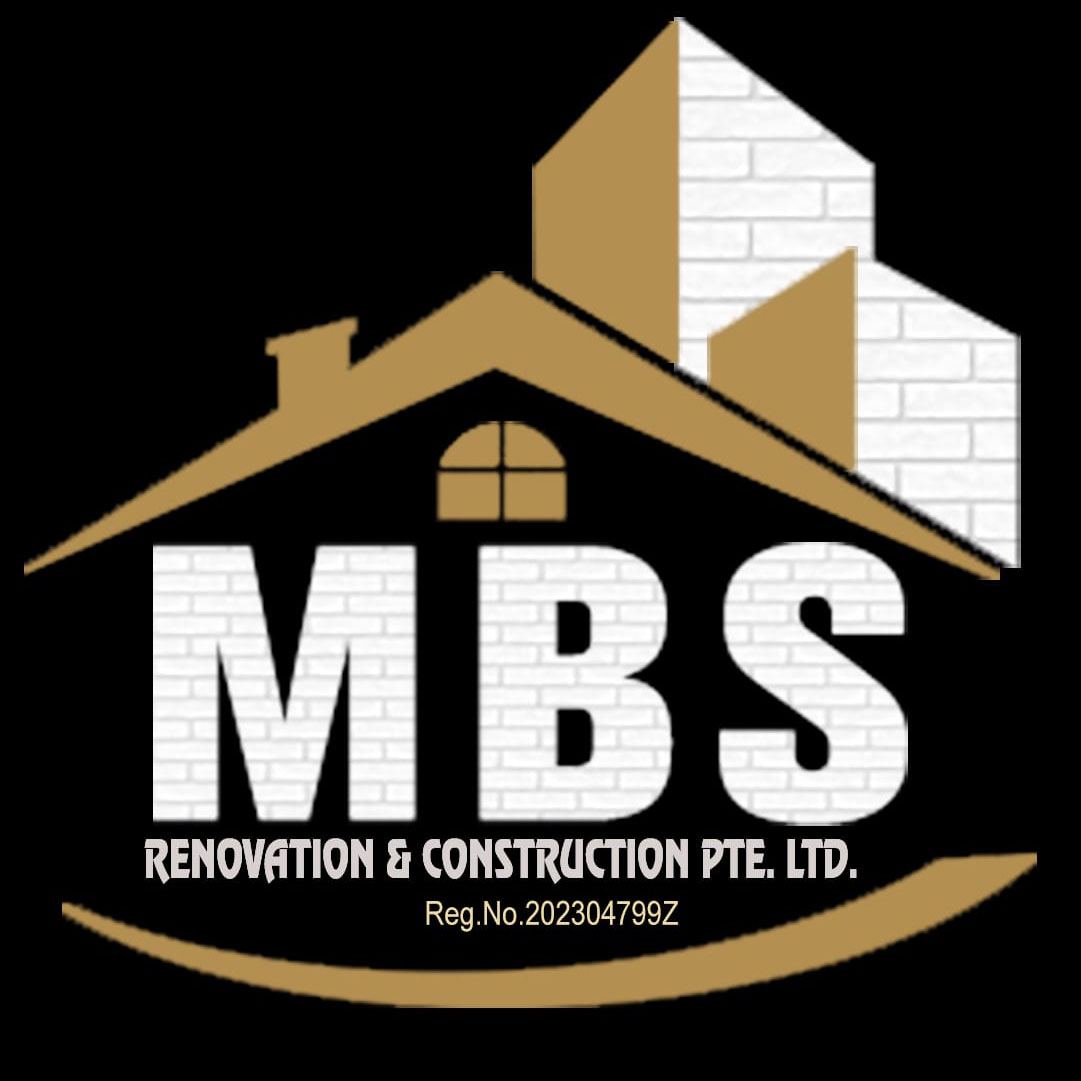Reinstatement Works
Reinstatement works typically refer to the process of restoring or repairing a property or building to its original condition after alterations, damage, or wear. This is common in areas like construction, commercial leasing, or after a renovation or demolition. Reinstatement works are often required when a tenant moves out of a property or when a building is being renovated. The goal is to return the space to its previous state, making it suitable for new use or occupancy.
Key Steps for Reinstatement Works:
1. Assess the Scope of Work
- Inspect the Property: The first step is to assess the current condition of the property and identify what needs to be restored. This includes evaluating any damage, wear and tear, or modifications made during the tenancy or previous works.
- Review the Contract: In the case of commercial leases or tenancy agreements, the reinstatement clauses should be reviewed to determine what the tenant or property owner is responsible for (e.g., removal of partitions, restoration of walls, floor coverings).
- Create a Work Plan: Develop a clear plan detailing all required works, including timelines, materials, and budget.
2. Remove Temporary or Altered Features
- Demolition: If there are any temporary structures or alterations (e.g., partitions, added walls, or fixtures) that were made during a previous lease or renovation, they need to be carefully dismantled and removed.
- Clear the Space: Remove any debris, equipment, or materials that are no longer needed.
3. Repair or Replace Damaged Elements
- Walls and Ceilings: Check for damage to walls, including cracks, holes, or staining. Repair or replace damaged drywall or plaster, and repaint if necessary. Ceiling tiles or plasterboard may also need to be replaced or patched up.
- Flooring: Inspect the condition of the flooring. If tiles, carpeting, or wood floors are damaged, replace them or restore them to their original state. For rented spaces, ensure that the original flooring (e.g., carpet or hardwood) is reinstated if required.
- Doors and Windows: Repair or replace any doors, windows, or frames that are broken or damaged. Ensure that locks and latches are functional.
4. Restore Utilities and Fixtures
- Electrical Systems: Ensure that the lighting, outlets, and wiring are in good condition. Any additions made by previous tenants (such as additional electrical outlets) should be removed or made to comply with original standards.
- Plumbing: Check for leaks, clogs, or damage to pipes, sinks, toilets, and faucets. If any plumbing work was altered or added, it may need to be removed or reinstated to the original design.
- HVAC Systems: Inspect and restore heating, ventilation, and air conditioning systems. Any alterations should be reversed, and filters or ducts cleaned as needed.
5. Restore the Exterior
- Facade: If there were any changes to the exterior of the building (such as painting or signage), these should be addressed. The original appearance should be reinstated, unless specified otherwise in a lease agreement.
- Landscaping: If landscaping was altered, restore it to its original condition. This might include planting grass, trees, or bushes, or fixing any hardscaping features like walkways, fences, or gates.
6. Painting and Finishing Touches
- Repainting: Walls, ceilings, and woodwork often need to be repainted or touched up. Choose colors and finishes that match the original design or as specified in the reinstatement agreement.
- Touch-ups: Fill in any holes or imperfections in walls and ceilings, then sand and smooth the surface before painting.
- Final Cleaning: After all the major work is done, a thorough cleaning of the space should be carried out, including dusting, vacuuming, or even deep cleaning of carpets and upholstery.
7. Check for Compliance
- Building Codes: Ensure that any reinstatement work complies with local building codes and regulations. If required, arrange for inspections to ensure everything is up to standard.
- Safety Features: Verify that fire alarms, smoke detectors, and safety exits are in place and functional.
8. Final Inspection and Handover
- Once all reinstatement works are completed, conduct a final inspection to ensure that everything is in the correct condition and meets the requirements.
- If you’re handing the space back to a landlord, make sure that all reinstatement requirements in the lease agreement have been met. This could include taking photos of the property in its restored condition or having an official inspection.
Common Types of Reinstatement Work:
Tenant Reinstatement: Returning a rented space to its original condition after the tenant vacates. This often involves removing any tenant-specific alterations (e.g., partitions, signage, lighting), repairing damage to walls or floors, and restoring the original layout.
Post-Damage Reinstatement: Restoring a building after it has been damaged, whether by fire, water, or structural issues. This involves repairing or replacing damaged materials, fixing utilities, and ensuring the building is safe and usable.
Building Reinstatement: Refers to the full restoration of a property, including the exterior, interior, and landscaping, either for a new tenant or for resale.
Tips:
- Document the condition: Take photos and document the condition of the property before starting reinstatement to ensure you meet all requirements, especially in commercial or rental properties.
- Hire professionals: In some cases, professional contractors, electricians, plumbers, or painters might be needed to ensure the work is done properly and safely.
- Communicate with stakeholders: Stay in touch with the landlord or property manager to ensure that the reinstatement works meet their expectations and legal requirements.
Reinstatement works can be complex, but with careful planning and attention to detail, the property can be successfully restored to its original condition










